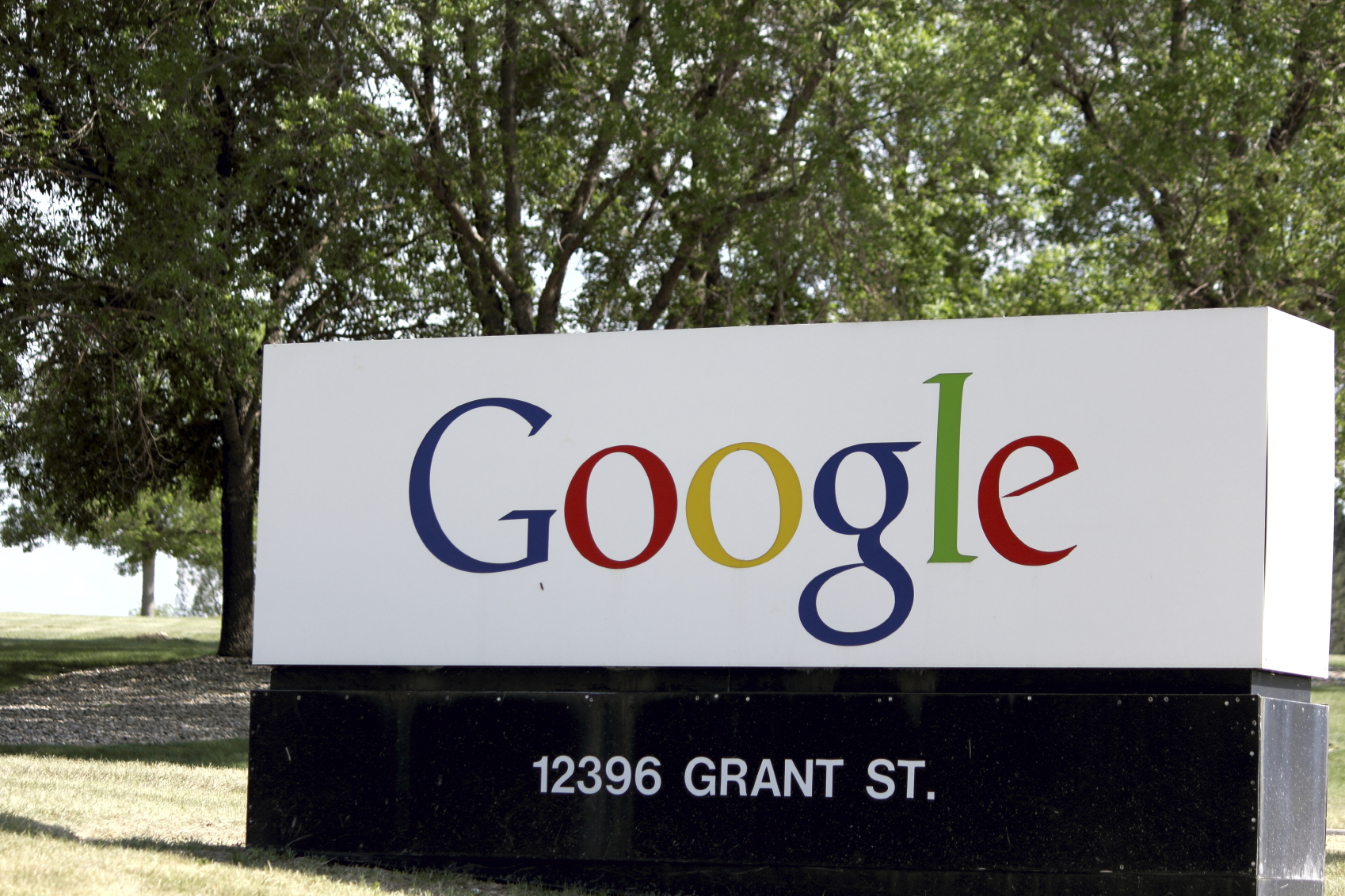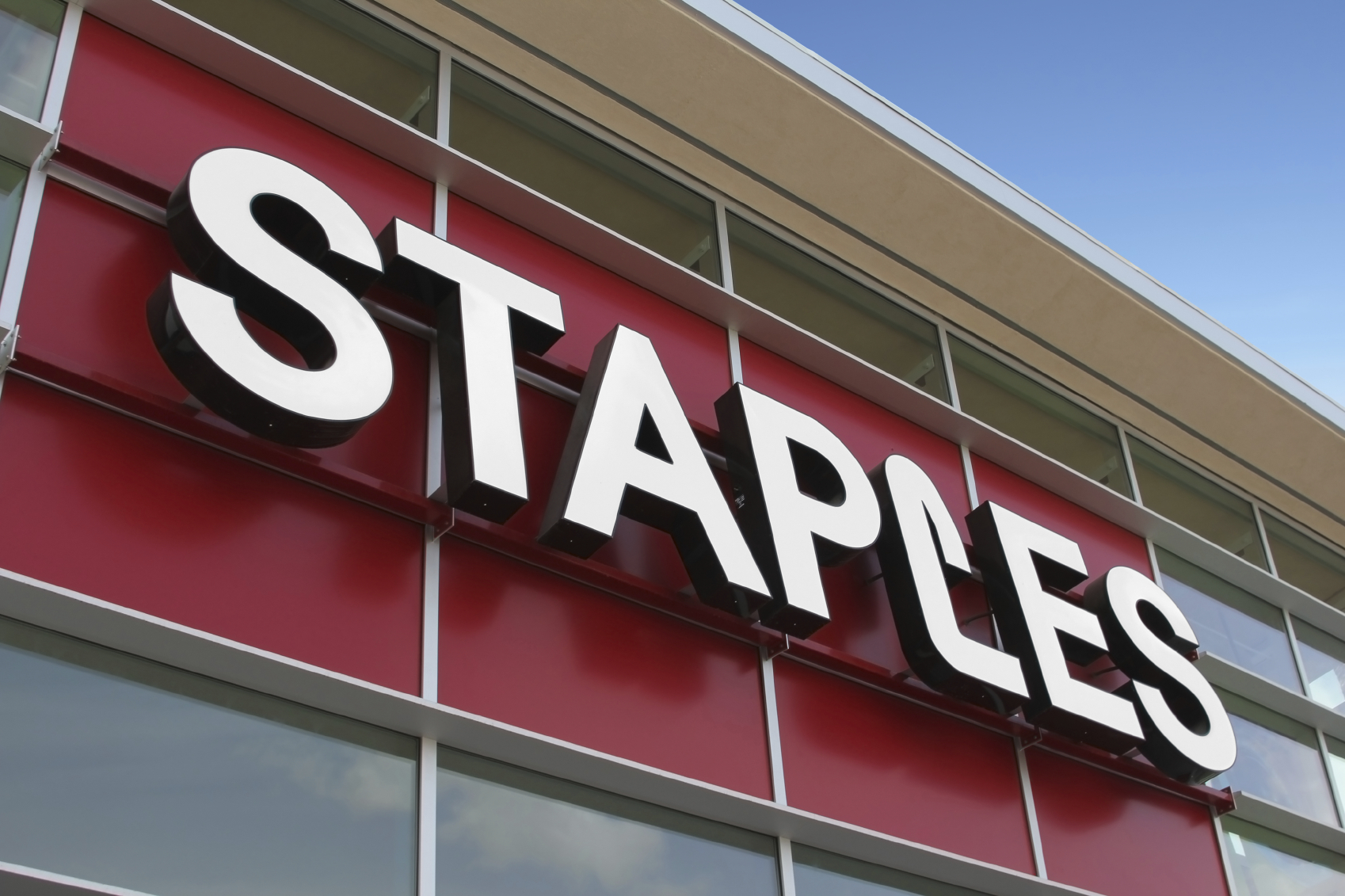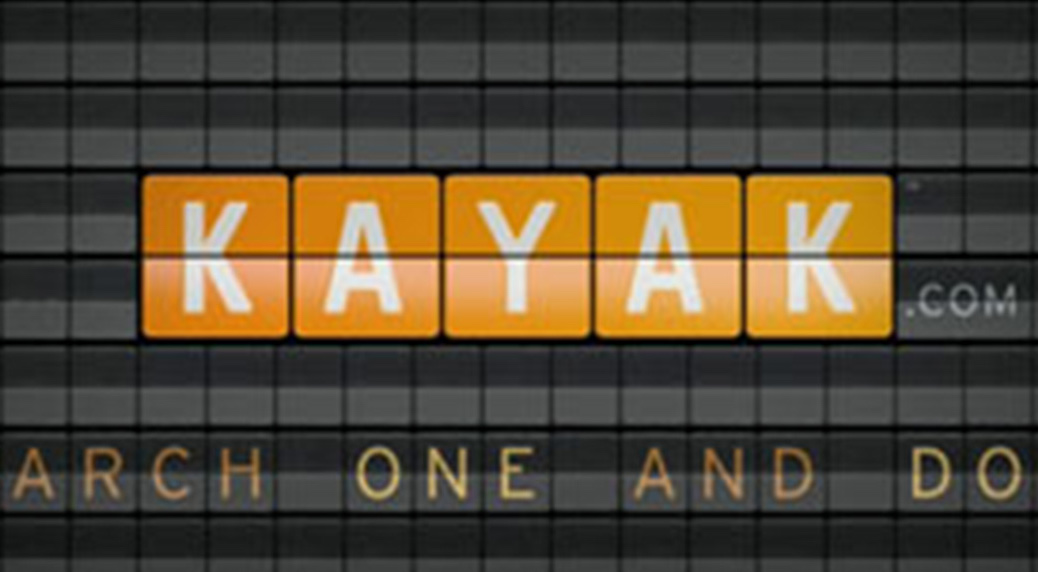What Happened
Amazon’s Fire TV devices have enjoyed Alexa integration since September, and now Amazon is adding even more useful voice-command features to those streaming devices. After updating to the latest software, Fire TV users will be able to ask Alexa to search for local businesses and restaurants in the same way an Echo user does now, thanks to Alexa’s integration with Yelp last year. Besides this business-friendly feature, Alexa can also help Fire TV users launch and navigate the HBO and Hulu apps via the Fire TV remote, look up showtimes for movie theaters, and even read them Kindle ebooks.
What Brands Need To Do
In January, Amazon claimed that Fire TV was “the best-selling streaming media player in the U.S.” With this update, Amazon is extending Alexa’s reach into more living rooms. For brands operating physical stores, especially chain restaurants, it is important to make sure their business information is correctly indexed on Yelp in order to aid discovery.
For more information on how brands can develop authentic brand voices and navigate the new rules of discovery, check out the Conversational Interfaces section in our Outlook 2016.
Source: TechCrunch









